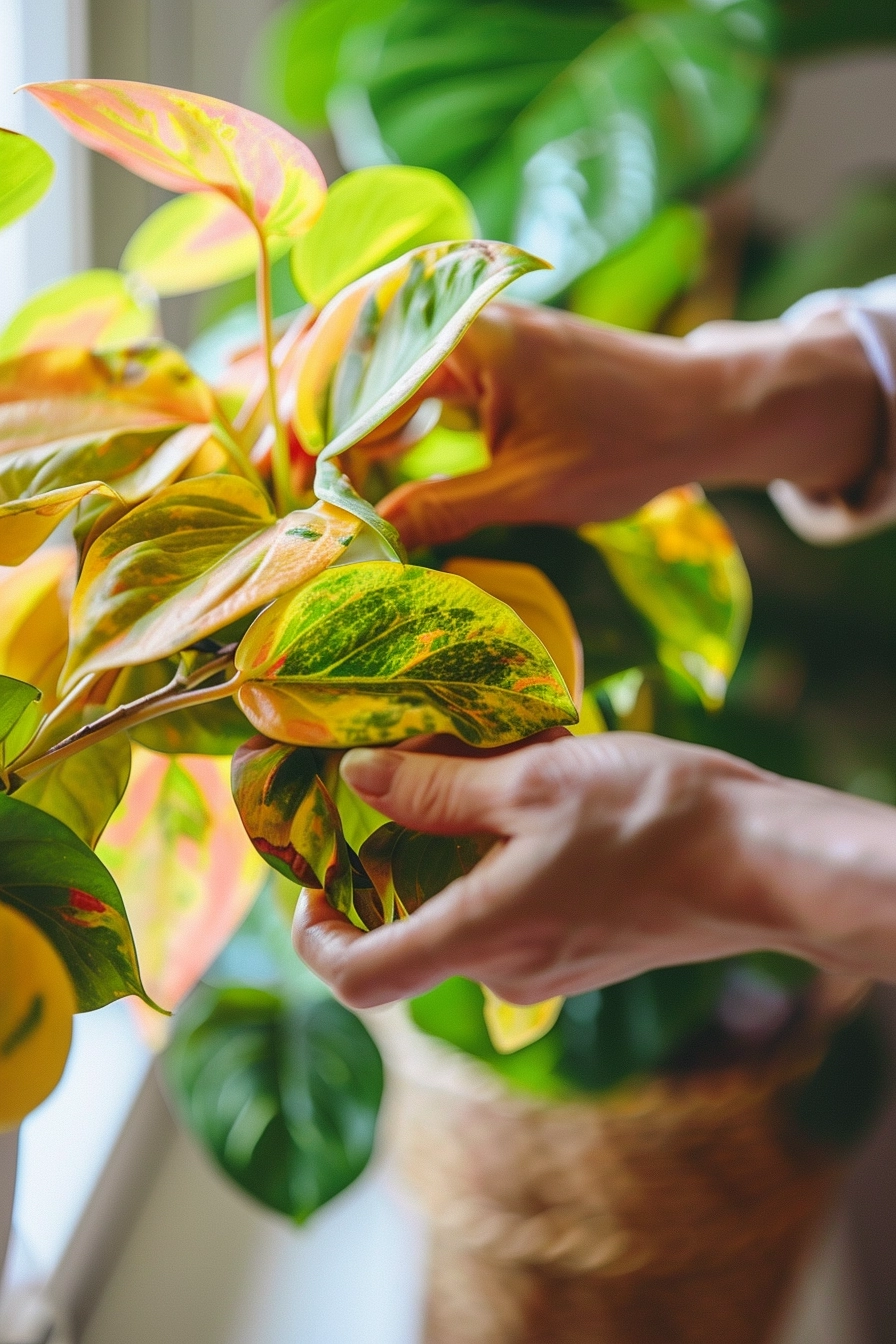Hi, I’m excited to share with you the essential aspects of houseplant care: pruning and grooming. As a plant enthusiast, I’ve learned that proper maintenance is crucial for the health and beauty of indoor plants.
When it comes to houseplant care, pruning plays a vital role. It involves trimming away dead or overgrown branches and stems, promoting healthier growth and preventing pests and diseases. Pruning also allows for better control over the plant’s shape and size, keeping it aesthetically pleasing and well-maintained.
Indoor plants, just like their outdoor counterparts, require regular care and attention. By incorporating pruning and grooming into your plant maintenance routine, you can enjoy vibrant and flourishing greenery within your home.
Key Takeaways:
- Pruning is an essential part of houseplant care, promoting healthier growth.
- Regular pruning keeps pests and diseases at bay and prevents plants from becoming sparse.
- Pruning allows for better control over the plant’s shape and size.
- Some houseplant species require special care when pruning, such as palms and tree ferns.
- Removing yellow or brown leaves through pruning maintains the plant’s overall health.
The Basics of Pruning and Trimming Houseplants
Pruning and trimming houseplants is a simple yet essential part of indoor plant care. With basic tools like gardening shears or scissors, you can keep your plants thriving and looking their best.
Why Pruning and Trimming are Important
Pruning houseplants is most effective during the active growing seasons of spring and summer. It involves trimming away leaves, stems, and branches that are dead, overgrown, or damaged. Contrary to popular belief, pruning does not harm plants; in fact, it promotes their health and vitality.
- Pruning helps maintain a desired size and shape, preventing your houseplants from becoming unruly.
- It encourages branching and fuller growth, making your plants appear lush and vibrant.
- Pruning removes yellowing or dead sections, allowing your plants to focus their energy on new growth.
- Regular pruning helps prevent pests from infesting decaying leaves, keeping your plants pest-free.
When pruning your houseplants, it’s important to mimic the original shape of the leaf. This ensures that your plants maintain their natural beauty. However, it’s crucial to exercise caution when pruning palms and tree ferns as they have top areas of growth that should be protected.
Remember, pruning houseplants is like giving them a haircut. It keeps them looking neat, healthy, and thriving.
You can incorporate pruning into your regular plant care routine, whether daily or as needed, to keep your houseplants looking their best. By investing a little time and effort into pruning and trimming, you’ll enjoy the rewards of healthy and visually appealing indoor plants.

Cleaning Leaves and Removing Debris for Healthy Plant Growth
Cleaning the leaves of houseplants is essential for their overall health and appearance. Dust accumulates on the leaves over time, blocking the light and reducing their ability to grow. Cleaning the leaves not only removes dust but also keeps pests at bay and allows for better airflow.
Dust can be easily removed in a few different ways. One method is misting or showering the plants, gently spraying water on the leaves to wash away the dust. Another way is to wipe the leaves with a damp cloth, gently rubbing the surface to remove the dust particles. For sensitive plants, a soft brush can be used to gently brush away the dust without damaging the leaves.
Regular leaf cleaning should be incorporated into your plant care routine and done as often as needed, depending on the dust accumulation in your home. It not only keeps your plants looking clean and beautiful but also ensures they can receive the maximum amount of light and grow to their full potential.
“Cleaning the leaves not only removes dust but also keeps pests at bay and allows for better airflow.”
In addition to cleaning the leaves, it’s important to remove dead leaves and debris from the soil. This helps in preventing pests and diseases from affecting the plant’s overall health. Dead leaves can be easily removed by using pruning shears or kitchen scissors to trim them away. By removing the dead leaves, you redirect the plant’s nutrients toward healthier growth.
To effectively clean your houseplants and maintain their health, remember to incorporate regular leaf cleaning, debris removal, and pruning into your plant care routine. By doing so, you’ll create an optimal environment that promotes healthy plant growth and enhances the beauty of your indoor space.
Conclusion
Pruning and grooming are crucial components of maintaining healthy houseplants. By regularly tending to your plants’ pruning and grooming needs, you can ensure they thrive and enhance your indoor space.
Pruning promotes healthier growth by removing dead or overgrown branches and stems. It also prevents pests and diseases, encourages the plant’s desired shape and size, and ensures optimal airflow and light. Incorporating pruning into your plant care routine, especially during the active growing seasons of spring and summer, is essential for their overall well-being.
Grooming, on the other hand, involves cleaning the leaves to remove dust and pests, allowing the plants to breathe properly. It also helps in maintaining their appearance and prevents the spread of diseases. Regularly wiping the leaves with a damp cloth or using a brush for more delicate plants will keep them vibrant and healthy.
Remember to use the appropriate tools and techniques for pruning and grooming, considering the specific needs of your plant species. By prioritizing the care of your houseplants through pruning and grooming, you can create an inviting and flourishing indoor garden.

